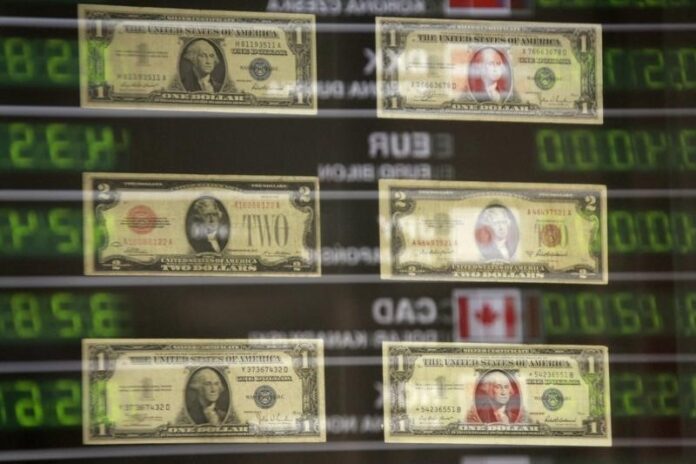(Reuters) – U.S. households that depend on providers like examine cashing and payday loans to make ends meet usually tend to maintain cryptocurrencies, with all of the dangers they carry, than these with extra entry to conventional banks, based on a broadcast authorities report. Tuesday.
A report by the US Federal Deposit Insurance coverage Company additionally confirmed that one in eight customers utilizing buy-now-pay-later (BNPL) providers made a late or missed fee on a minimum of one buy.
The findings are contained within the newest common survey of “underbanked” and “unbanked” households: these with little or no entry to conventional banking.
The FDIC surveyed 30,000 households in June 2023 as a part of a sequence of surveys launched within the wake of the worldwide monetary disaster that started in 2007.
The proportion of households thought-about “unbanked”, or people who didn’t use any checking or financial savings accounts, has roughly halved since 2011 to 4.2%, or 5.6 million households, based on the survey.
Nonetheless, massive disparities persist amongst totally different teams, with poorer black, Hispanic, Native American, Alaska Native, and single-parent households or households with working-age members considerably extra prone to be unbanked.
These households had been additionally more likely to be underbanked, that means that they had entry to financial institution accounts however had additionally met their wants within the earlier 12 months by, amongst different issues, borrowing from pawn outlets and payday lenders or utilizing examine cashing.
Amongst all American households, 14.2%, or 19 million, had been overburdened. Greater than 6% of them held digital currencies, in comparison with 4.8% of households with full entry to conventional banking.
Nearly one in ten underbanked households additionally used BNPL's more and more fashionable providers, in comparison with simply 3% of households thought-about totally banked.
Nearly 13% of BNPL customers reported lacking or late funds, a quantity that rose to over 20% among the many underbanked.
